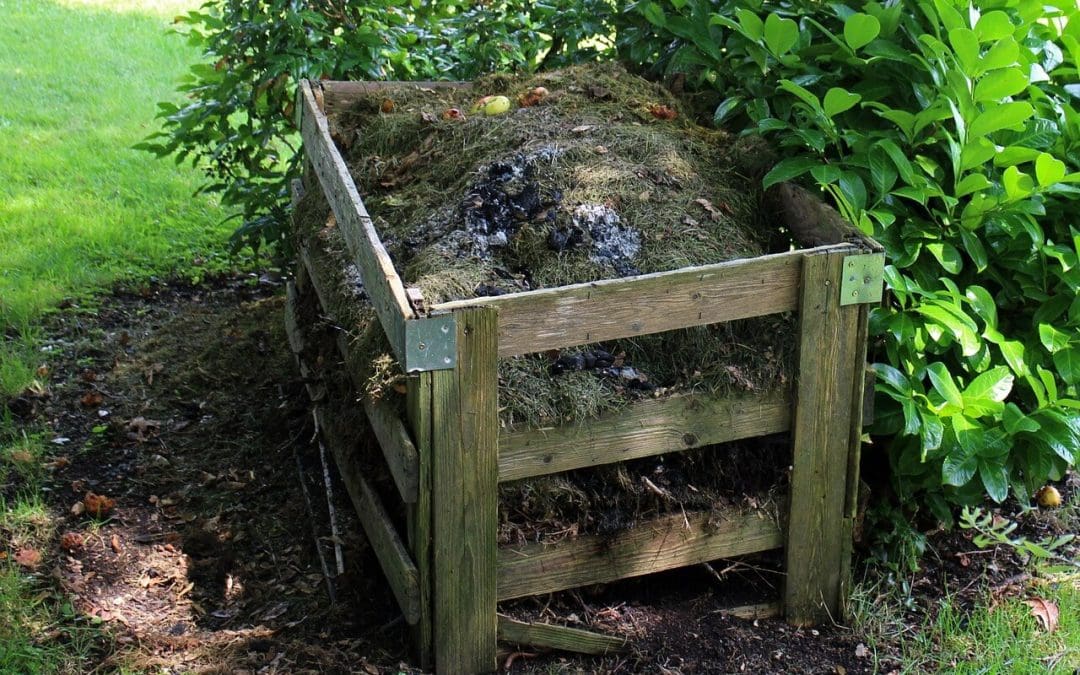Composting at home is a great way to reduce your environmental footprint and create nutrient-rich soil for your garden. Here are some tips to help you start composting in your backyard. With these easy steps, you’ll have a healthy compost pile to help your garden thrive.
Layering is Essential When Composting at Home
When starting a compost pile, layer different materials for the best results. Start with a 2-4 inch layer of carbon-rich material, such as dry leaves or wood chips. Then add a 2-4 inch layer of nitrogen-rich material, such as kitchen scraps like fruit and vegetable peelings or coffee grounds. Top this off with a thin layer of soil or aged compost. This layering of materials helps your compost pile aerate and breaks down the different elements, creating nutrient-rich soil.
Introduce Air Into the Compost
Composting requires air for the microorganisms to do their job. Without proper aeration, the material in your compost pile will become soggy and produce a bad smell. To introduce air, use a pitchfork or garden fork to lightly turn the pile. Rotating or stirring the compost boosts airflow to incorporate oxygen and keep the pile from becoming too compacted.
Choose the Right Location for Composting at Home
When composting, consider the placement of your pile. Choose a spot that is not too hot or too cold, as extreme temperatures can affect the composting process. Select an area away from strong winds, which can cause the compost to dry and slow the decomposition of materials.
Monitor Moisture
For the compost pile to break down properly, maintain the proper moisture level. If the pile is too dry, it will take longer for the materials to decompose. To test the compost’s moisture level, squeeze a handful of material in your hand. If you can form a ball with the material that holds its shape when released, then you have the right moisture level.
Managing the Compost Pile
Monitor the compost pile and adjust as needed. If the materials are too dry, add damp materials or water. If your compost has a bad smell, turn the pile and add more dry material.
Harvesting the Compost
When your compost is ready, harvest it and use it in your garden. Use a shovel or pitchfork to remove the material from the center of the pile and add it to your flower beds or vegetable patches. Your soil will be enriched with nutrients to help your plants thrive.
Composting at home is a great way to reduce your environmental footprint and create nutrient-rich soil for your garden. With these tips, you’ll develop a thriving compost pile to benefit your backyard.
Jamie Schaefer, Professional Home Inspector, serves The Villages, Florida, and the surrounding cities and towns in Central Florida and the New York Metropolitan Area. Contact us to schedule an appointment for our services.

